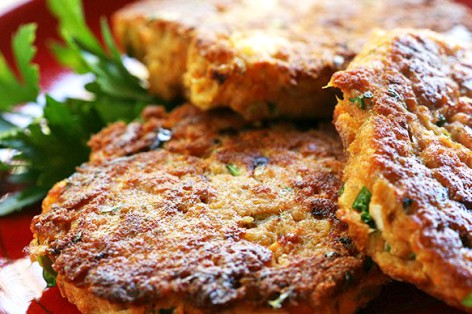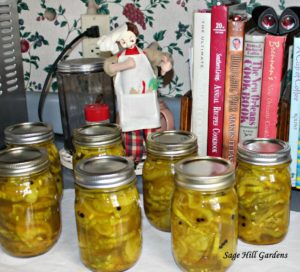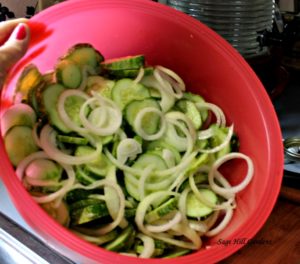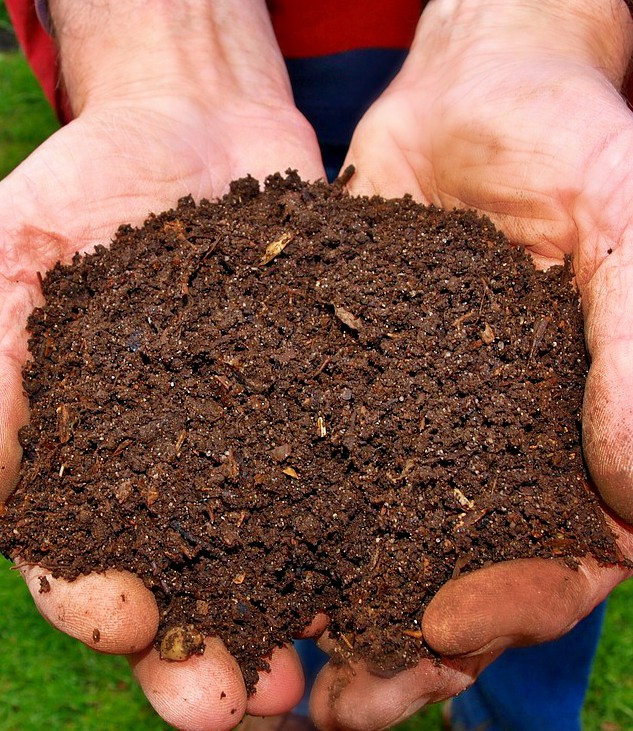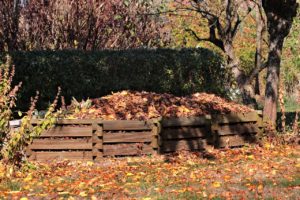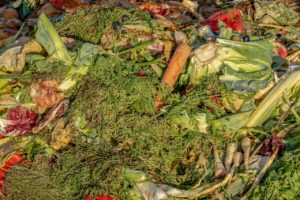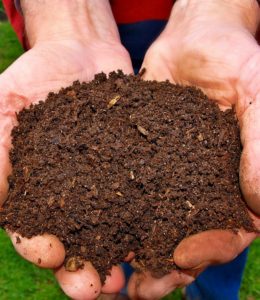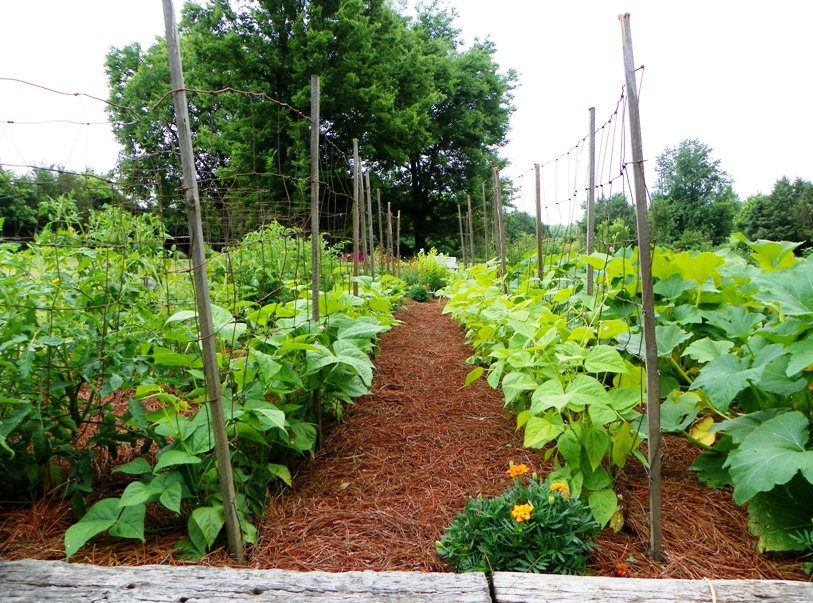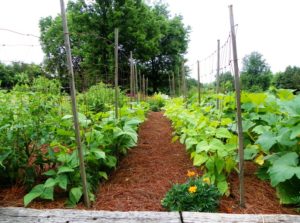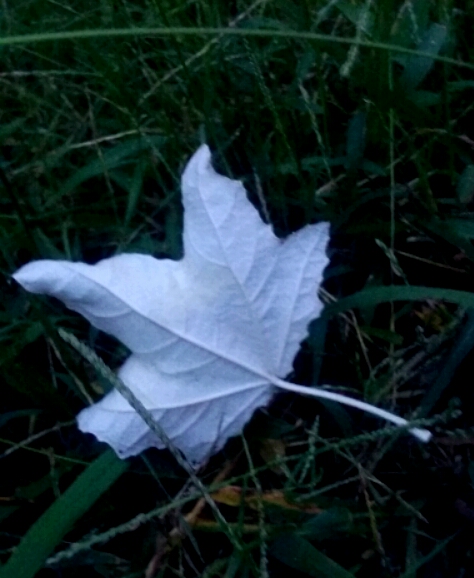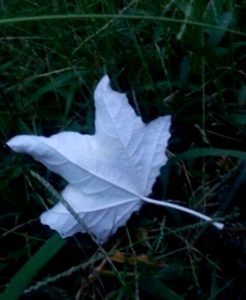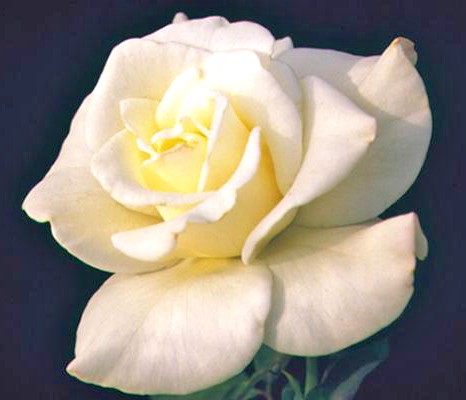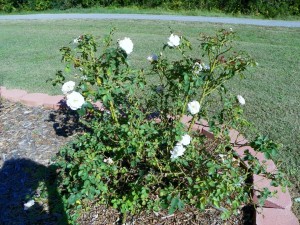Christmas As Seen Through The Eyes Of Dickens~
The Christmas Story…according to the Christmas Bible story, Christ came down to earth from heaven to be born at Christmas, because of his love for all humanity.
Christmas Through the Eyes of Dickens~(1812-1870)
( a cry for social justice )
Christmas in Scrooge’s day…in 1843 Christmas was much less commercial. Many people went to church, and many followed the ancient tradition of making merry. however, nothing was allowed for or geared to the working class or poor classes of people
We all know the heart-tugging story of “A Christmas Carol” by- Charles Dickens…what many may not know are some of the historical facts that inspired this classic.
The English Christmas was at a low ebb when Dickens was a youngster.
his desire was to make it understood and to change how the working poor lived from day to day. Dickens loved his city and spent his life wandering the streets, by the time he was 15 he know it well…yet never stopped exploring and writing about its restless energy.
Much of today’s London was built in the 19th Century,
it was full of dark alleys and lanes, the streets were crowded, noisy, and very dirty.
Almost anything was bought and sold, the atmosphere was more akin to a modern third-world city than modern London. Many of the vendors were children-there were no child labor laws such as we have today. Many worked as young as 5-sweeping the streets.
The growth of the city exploded in the 1800’s and became know as “the Fever-Patch.” It was the first big industrial city in the world, and it was dirty, extremely polluted and unhealthy. disease spread quickly…there were four cholera epidemics in Dickens’s lifetime. plus regular outbreaks of typhoid, scarlet fever,, and other ills. Two hundred open sewers ran into the Thames River…and more than half of the London population took their water from it for cooking, laundry, bathing and drinking.
“A Christmas Carol” was written in 1843, as was the first printed Christmas cards. However in 1843 many very old traditions were still being celebrated. Some dated from ancient pagan midwinter festivals-which were celebrated long before the first Christmas. The latter part of the 1840’s began to see signs of new customs and ways that brought London out of the disgusting conditions it had become famous for.
The year after ” A Christmas Carol” was published , nine London theaters staged versions of this book…it has been a favorite of stage and screen ever since. The classic being the 1951 version.
After the success of ” A Christmas Carol” Dickens wrote a Christmas story each year for the next several years, including The Chimes,(1844) and The cricket On The Hearth (1845)-none were as popular as A Christmas Carol. It added a new word to the English language (“a Scrooge” is a miser…very few stories have done that.
Today’s Christmas is commercial in a way Dickens could not have dreamed of…but in part and thanks to him, we still feel that Christmas should be a time for family warmth, wholesome fun, kindness to others and especially children…his vision lives on~ RIP Charles Dickens.
Merry Christmas~
The Sage Hill Farms Family~




